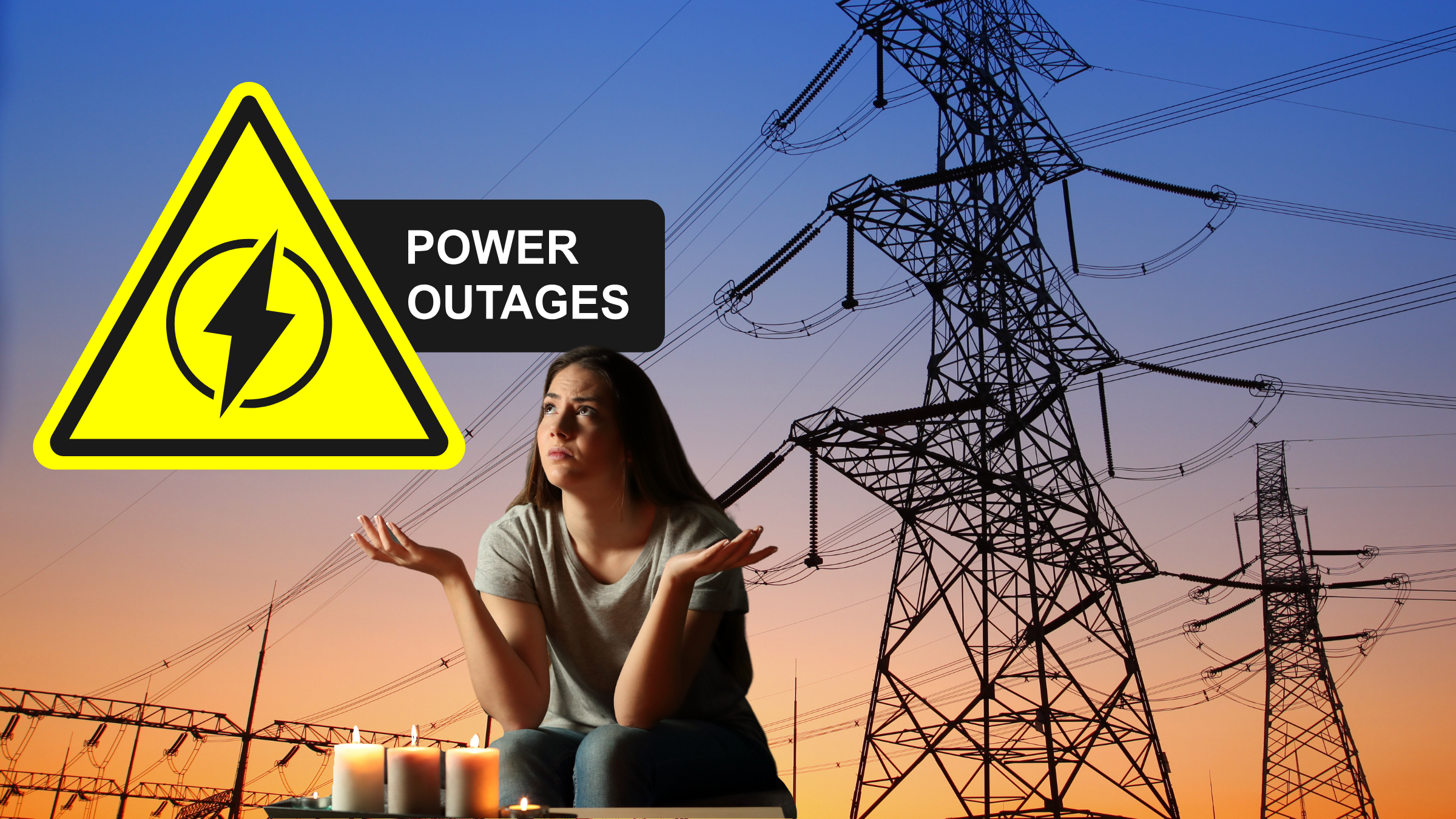Why is the US energy output mostly “nonrenewable”?
⚡️ Why is the US energy output mostly “nonrenewable”?
The US has a long history of relying on nonrenewable energy sources like coal, oil, and natural gas to power its economy. This is partly due to the fact that these resources were plentiful and relatively cheap to extract, making them an attractive option for powering economic growth. While the US has made some progress in developing renewable energy infrastructure in recent years, the pace of development has been relatively slow compared to other countries. This is due to a variety of factors, including political and economic barriers to investment in renewable energy, as well as the challenges of integrating intermittent renewable sources like solar and wind into the existing grid.
A significant project in Morocco aimed at revolutionizing renewable energy has hit a major roadblock.
Energy giant Shell is shifting gears, planning to sell off some of its gas stations to make room for more electric vehicle charging stations.
In a legal move, a federal judge is being urged to issue a halt on construction for a $10 billion transmission line that is intended to carry wind-generated electricity from a remote area in southeastern Arizona to customers as distant as California.
Recent sub-zero temperatures across the United States have caused gas wells to freeze, resulting in an 11-month low in gas production, according to Reuters.
The Energy Information Administration's Short-Term Energy Outlook Report highlights several predictions, including an increase in crude oil prices heading into 2024, while diesel fuel prices are expected to remain below $4 per gallon for most of that year.
The increasing adoption of electric vehicles (EVs) in the U.S., with over half of new cars expected to be electric by 2030, could strain the nation's electric grid, which is ill-prepared for such a shift from fossil fuel-based power.
Ever since the war started between Russia and Ukraine, many European countries have reverted to using coal and other less environmentally friendly practices.
Many truckers and trucking companies in California are worried about the future due to a recent regulation that requires half of all vehicles to be electric by 2030.
Volatile energy price swings are causing a ruckus among companies across all sectors, according to a recent survey taken by Zurich-based ABB Electrification, the appliances, electrical, and electronics manufacturing arm of industrial automation provider ABB
It’s no grand secret: the transition to green energy-operated heavy duty vehicles has a hefty price tag.
The US has a long history of relying on nonrenewable energy sources like coal, oil, and natural gas to power its economy.
Energy Secretary Jennifer Granholm is the head of the United States Department of Energy (DOE), which is responsible for formulating and implementing national energy policy.
According to economists and officials, the looming “energy apocalypse” that was set to cripple the continent was narrowly avoided due to unusually warm weather throughout the region.
In the recently-passed IRA bill, the United States is offering tax benefits to those renewable energy companies operating domestically.
After the US-Mexico-Canada Agreement on trade was implanted in 2020, (replacing the previous Nafta pact that was in place for twenty years) the United States and Canada filed complaints against Mexico’s electricity policy.
Sanctions, supply chain disruptions, and geopolitical issues regarding Russia’s invasion of Ukraine are showing Europe how energy-dependent it is.
The threat of wiping out profits has left businesses across Europe scrambling for a way to deal with the energy crisis after Russia invaded Ukraine.
Very shortly after announcing a ban on new gas-powered vehicles and encouraging electric car implementation, California’s electric grid is suffering one of its hottest and crippling summers on record.
Countries in the European Union are scrambling for better alternatives to Russian fuel, creating a fever pitch and an energy crisis which is starting to bleed into the American grid.




















Two years ago, California lawmakers quietly passed a complex energy bill that transformed how residents are billed for electricity.